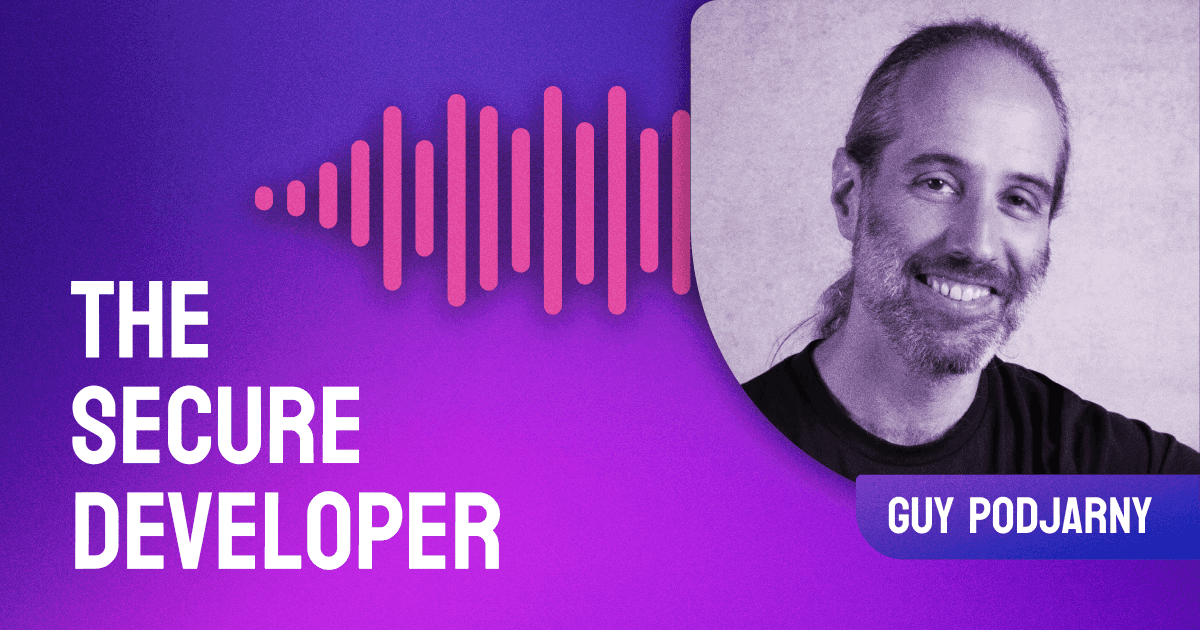Cloud Security is a evolving and so are the attacks in this space. The landscape is becoming increasingly complex, so the question remains how do we tackle cloud security in organisations, who owns it and how do we best prepare?.
In this episode, we provide listeners with an overview of Snyk’s report on cloud security and unpack some unsettling statics. To walk us through the report, we're joined by Drew Wright, the primary author of the report, and Simon Maple, Snyk’s Field CTO. In our conversation, we delve into the main findings, how data was collected, and essential lessons from the report. We discuss the differences between the IT cloud and the app cloud, adopting an infrastructure-as-code approach, what businesses are most at risk, and why cloud security is vital for all businesses. We also talk about the recent cultural shift regarding the responsibility of security and the nuanced perspectives on why cloud security is vital. Hear about a fantastic open-source resource, how to prevent security breaches, common mistakes businesses make, and more. Tune in to ensure you are up to date on the latest developments in the space as we navigate The State of Cloud Security report with experts Drew Wright and Simon Maple.





